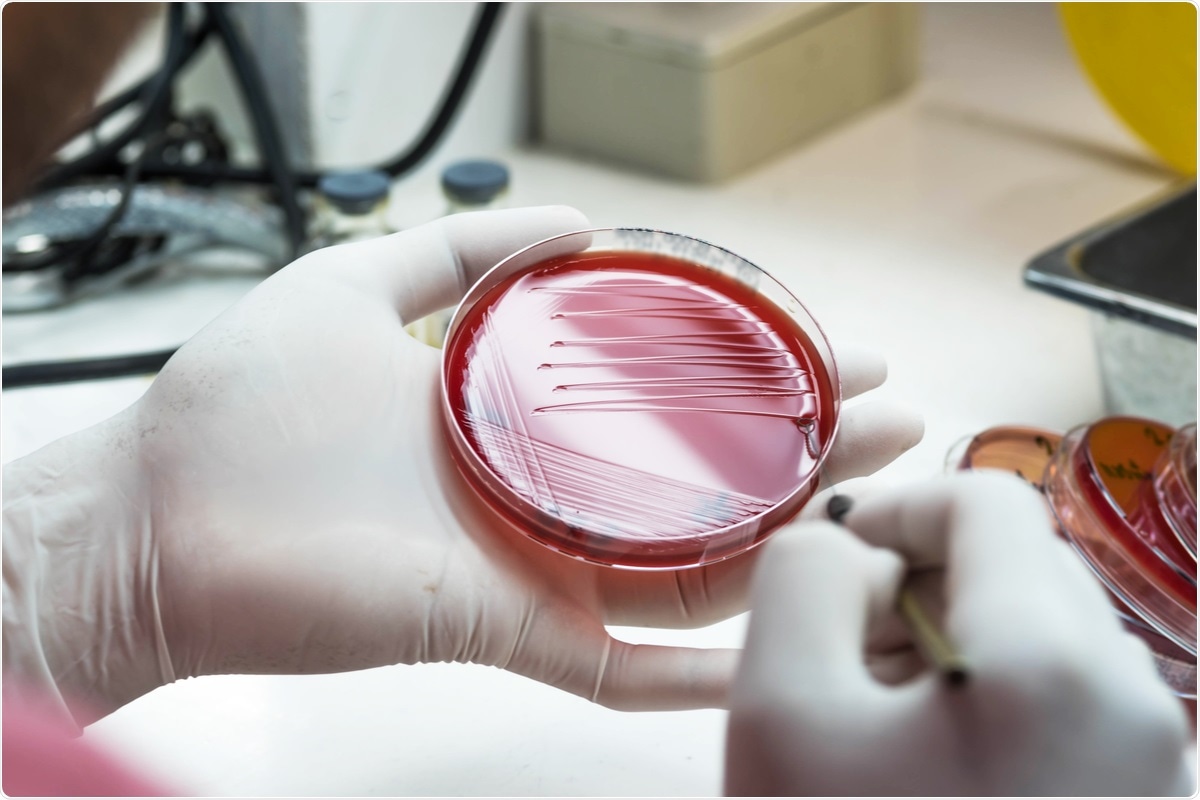Reviewed by Danielle Ellis, B.Sc.Sep 17 2021
Researchers from Rice University are confident that they can prime peptides to solve the complex issue of antibiotic resistance among humans.
 Image Credit: AnaLysiSStudiO/Shutterstock.com
Image Credit: AnaLysiSStudiO/Shutterstock.com
At the Rice lab of chemist Anatoly Kolomeisky, researchers modeled various antimicrobial peptides (AMPs)—natural and different molecules that help biological systems. Their aim was to assess the mechanisms used by the peptides to inhibit harmful bacteria. The insights gained could enable designing peptides to stop bacteria that have developed resistance to standard antibiotics.
AMPs destroy bacteria in two stages: first, they bind to their cell membranes and then block them. The Rice scientists Kolomeisky, postdoctoral associate and lead author Hamid Teimouri, and graduate student Thao Nguyen identified that both steps are equally significant against invasive microbes. However, the power of inhibition was found to be largely underrated.
Their estimations show that invasion depends on a huge number of peptides—even in the millions—to gain entry into the bacteria. However, considerably fewer might be needed to block bacteria from the inside, where they are specifically good at inhibiting them.
There are multiple ways AMP inhibit bacteria. They might open the cell membranes, leading bacteria to explode, or they might go inside the bacteria and interrupt their biochemical networks. But there’s still not much known about the microscopic mechanisms of how AMP kill bacterial cells.”
Anatoly Kolomeisky, Professor of Chemistry, Rice University
The study was published in the Royal Society journal Interface.
To gain insights into the peptides’ mechanisms, a theoretical framework had to be built to test how fast different AMP populations clear bacteria from a system. The calculations showed that blocking is equally significant as an invasion.
The findings are consistent with experimental data and help understand how and why AMPs seem to be effective at an extensive range of concentrations. Moreover, the researchers explored the degree of fluctuations in the number of AMPs within a bacterium.
In the presence of more types of AMPs, the peptides can better enter and break up cells. Less-heterogeneous populations seem to inhibit bacteria quicker once they are inside. The researchers identified that by tuning AMPs’ entrance and killing rates, the level of heterogeneity could be controlled.
High heterogeneity in the number of absorbed AMPs would correspond to peptides that enter fast while lower heterogeneity would describe peptides that kill fast.”
Hamid Teimouri, Postdoctoral Associate, Rice University
The team hopes their models will enable other researchers to develop therapeutic AMPs that are successful where antibiotics fail, specifically by adjusting their ability to enter target bacteria.
Source:
Journal reference:
Teimouri, H., et al. (2021) Single-cell stochastic modelling of the action of antimicrobial peptides on bacteria. Interface. doi.org/10.1098/rsif.2021.0392.